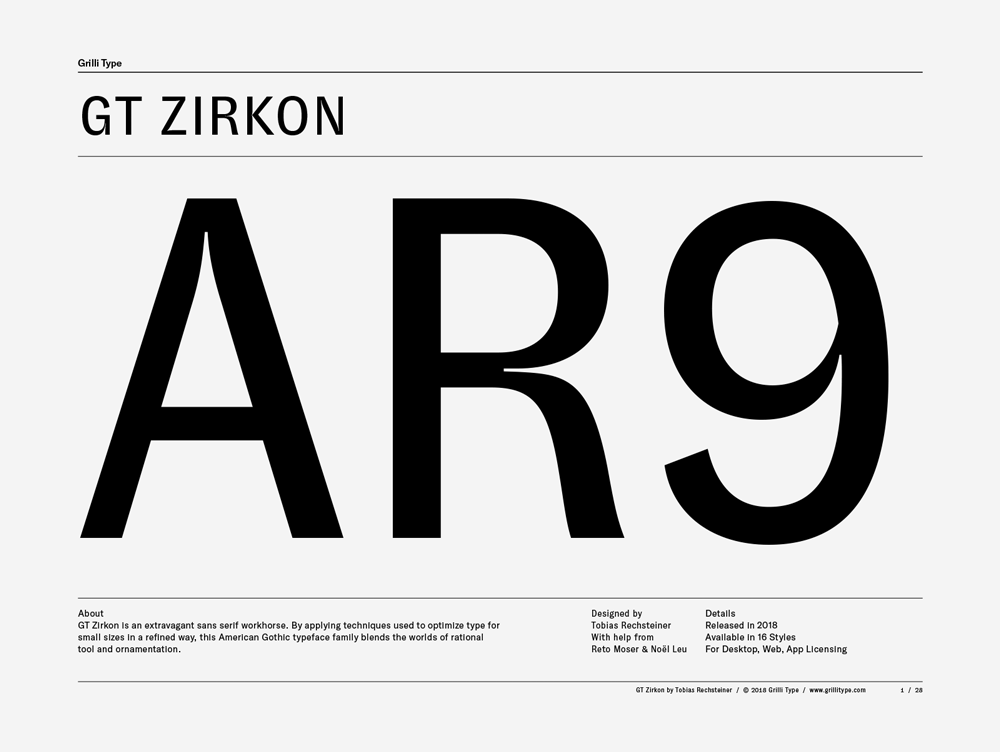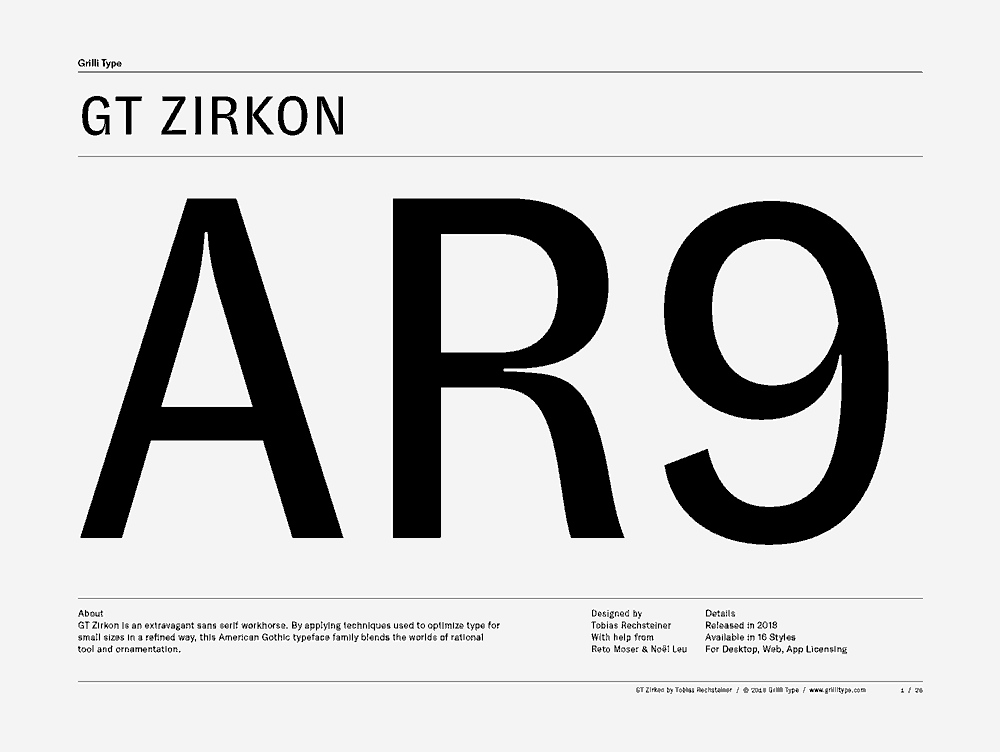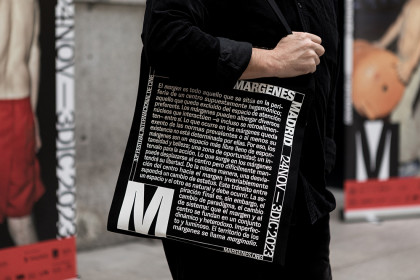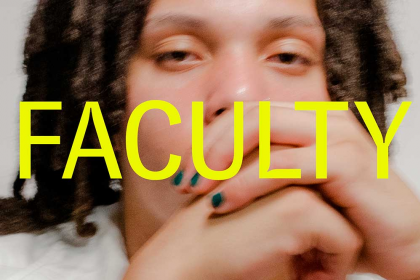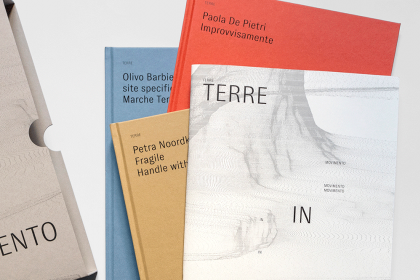GT Zirkon
Family overview
- Ultra Light Italic
- Thin Italic
- Light Italic
- Book Italic
- Regular Italic
- Medium Italic
- Bold Italic
- Black Italic
- Ultra LightRadioactive dating shows that the zircon crystals were formed more than 4 billion years ago.
- Ultra Light ItalicZircon is mainly consumed as an opacifier, and has been known to be used in the decorative ceramics industry.
- ThinIn crystal growth, combinations of light intensity, light color, electric current, sound, the direction of these, plus the shape and size (frequency pattern) of the container or room, will all affect the final characteristics and energy potentials of a desired stone.
- Thin ItalicCommercially valuable minerals and rocks are referred to as industrial minerals.
- LightMineral classification schemes and their definitions are evolving to match recent advances in mineral science.
- Light ItalicThe green coloring in many rounded pebbles usually indicates the Zircon is radioactive variety.
- BookManly P. Hall and other students of esoteric wisdom have also noted that many ancient crystals were produced by ‘zodiacal formulae’ grown at specific times, when the sun, moon and planets were in special heavenly positions.
- Book ItalicScientists then studied the diamonds’ composition, looking specifically at their carbon isotopes.
- RegularZirconium is a chemical element with symbol Zr and atomic number 40.
- Regular ItalicZircon is ubiquitous in the crust of Earth and it occurs as a common accessory mineral in igneous rocks, in metamorphic rocks and as detrital grains in sedimentary rocks.
- MediumThe green coloring in many rounded pebbles usually indicates the Zircon is radioactive variety.
- Medium ItalicCurrently, zircons are typically dated by uranium-lead (U-Pb), fission-track, cathodoluminescence, and U+Th/He techniques.
- BoldZircons from Jack Hills in the Narryer Gneiss Terrane, Yilgarn Craton, Western Australia, have yielded U-Pb ages up to 4.404 billion years
- Bold ItalicOn the Isle of Skye near Ireland, is a chapel dedicated to St. Columbus, and on the altar is a round crystalline blue stone held sacred to weather and health.
- BlackZircon is ubiquitous in the crust of Earth and it occurs as a common accessory mineral in igneous rocks, in metamorphic rocks and as detrital grains in sedimentary rocks.
- Black ItalicMinerals can be described by their various physical properties, which are related to their chemical structure and composition.
- Settings
Typeface information
GT Zirkon is an extravagant sans serif workhorse. It blends the worlds of rational tool and ornamentation by applying techniques used to optimize type for small sizes in a refined way.
Typeface features
OpenType features enable smart typography. You can use these features in most Desktop applications, on the web, and in your mobile apps. Each typeface contains different features. Below are the most important features included in GT Zirkon’s fonts:
- SS01
- Alternate Arrows
Volume ↗
- SS02
- Alternate f
Refraction
- ONUM
- Oldstyle Figures
0123456789
- SMCP
- Small Caps
Ore Deposit
Typeface Minisite
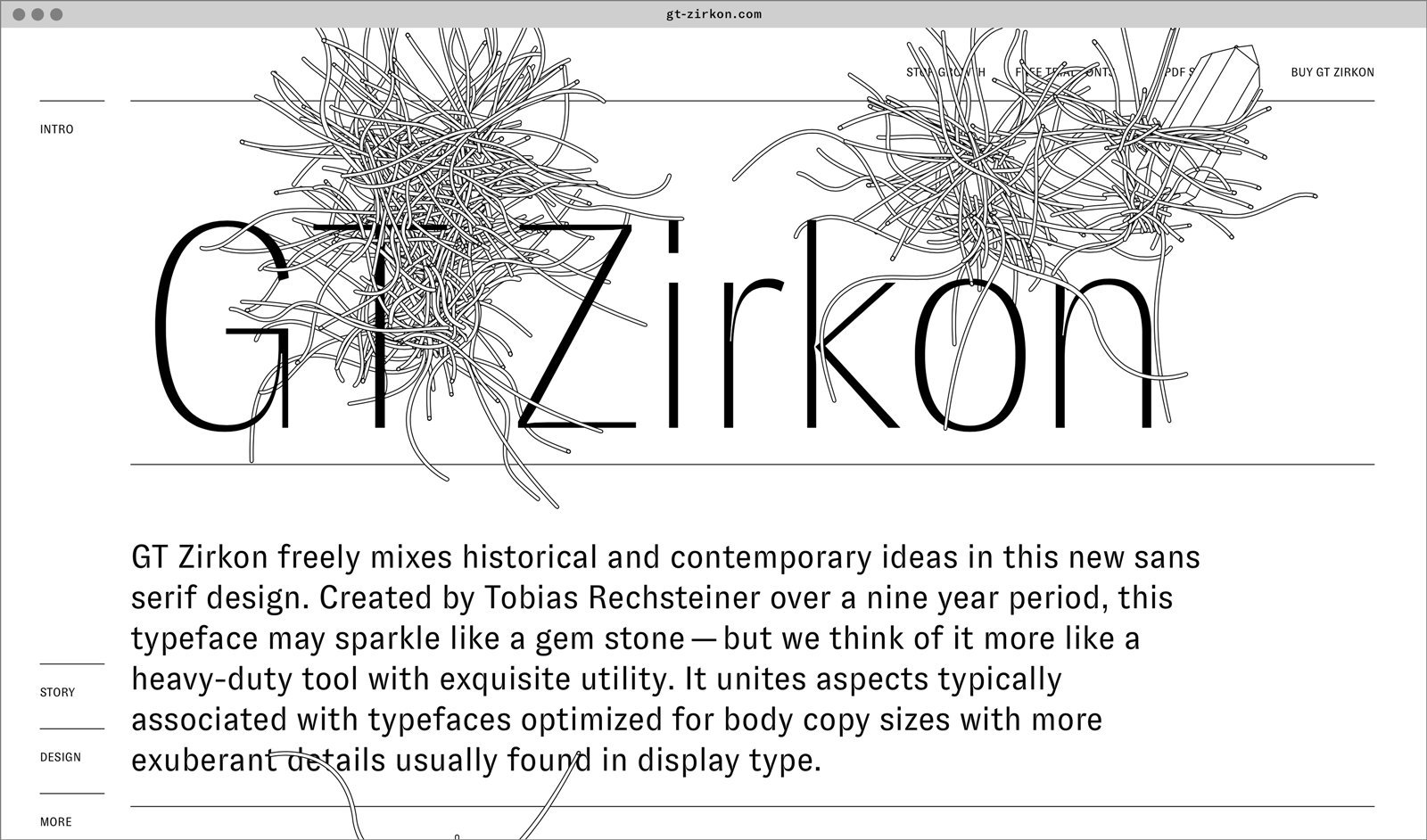
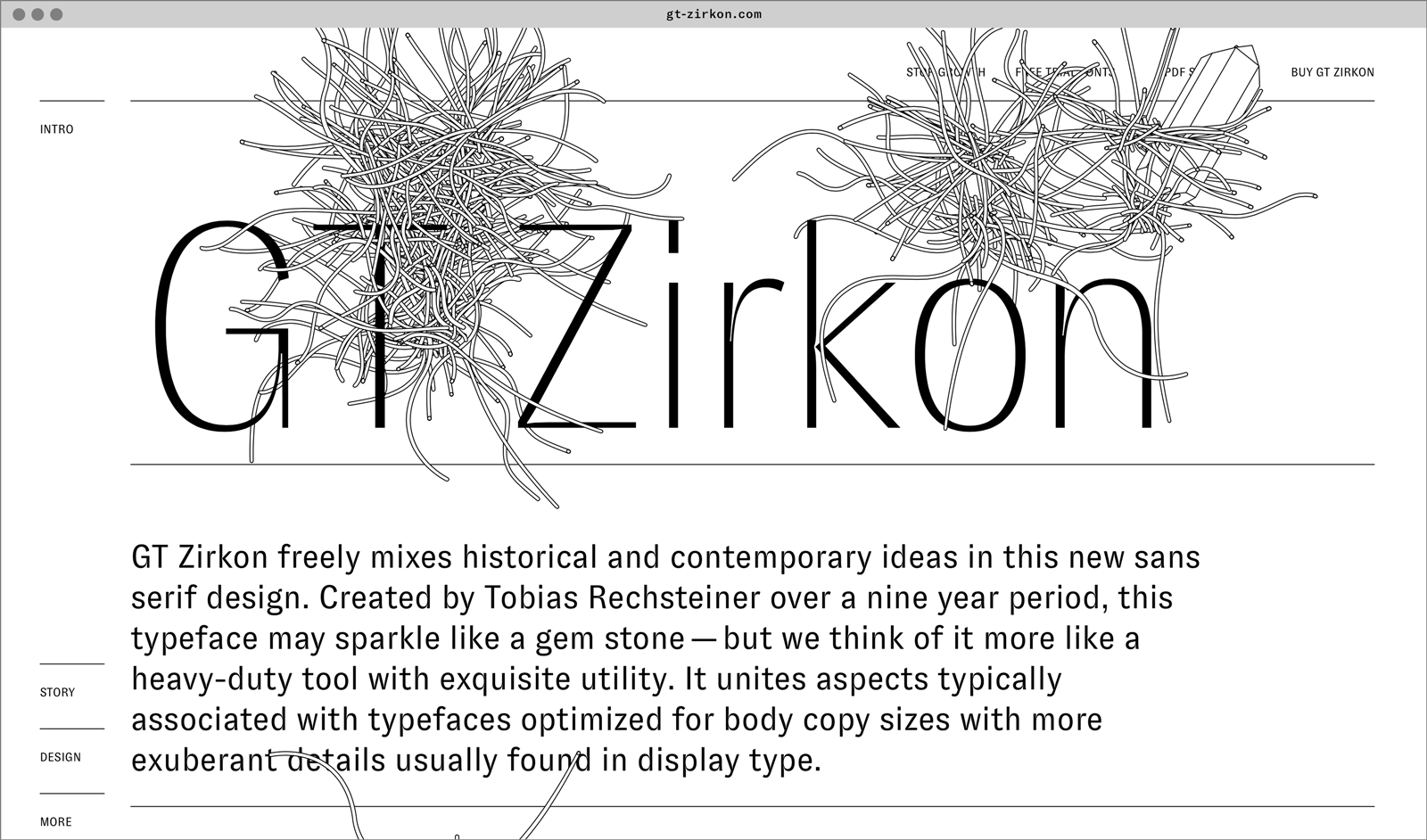
- Visit the GT Zirkon minisite to discover more about the typeface family’s history and design concept.
GT Zirkon in use
